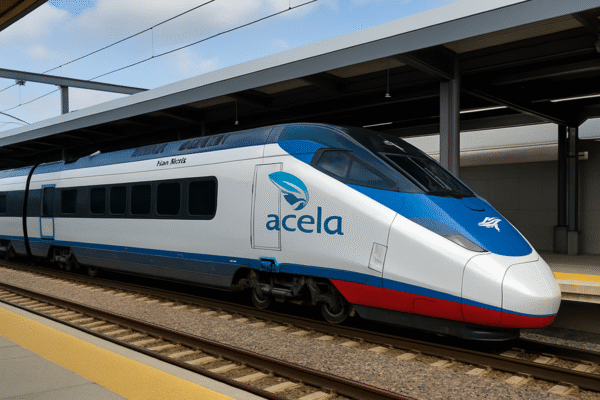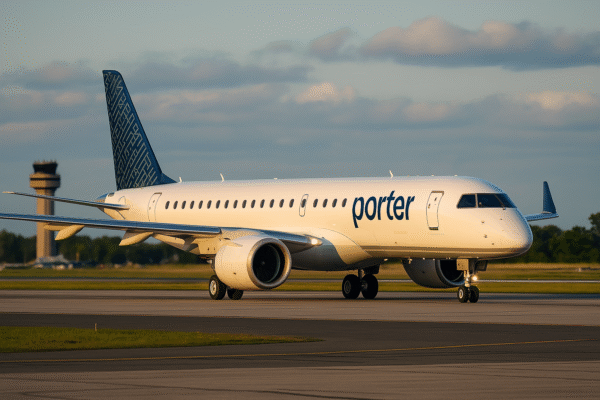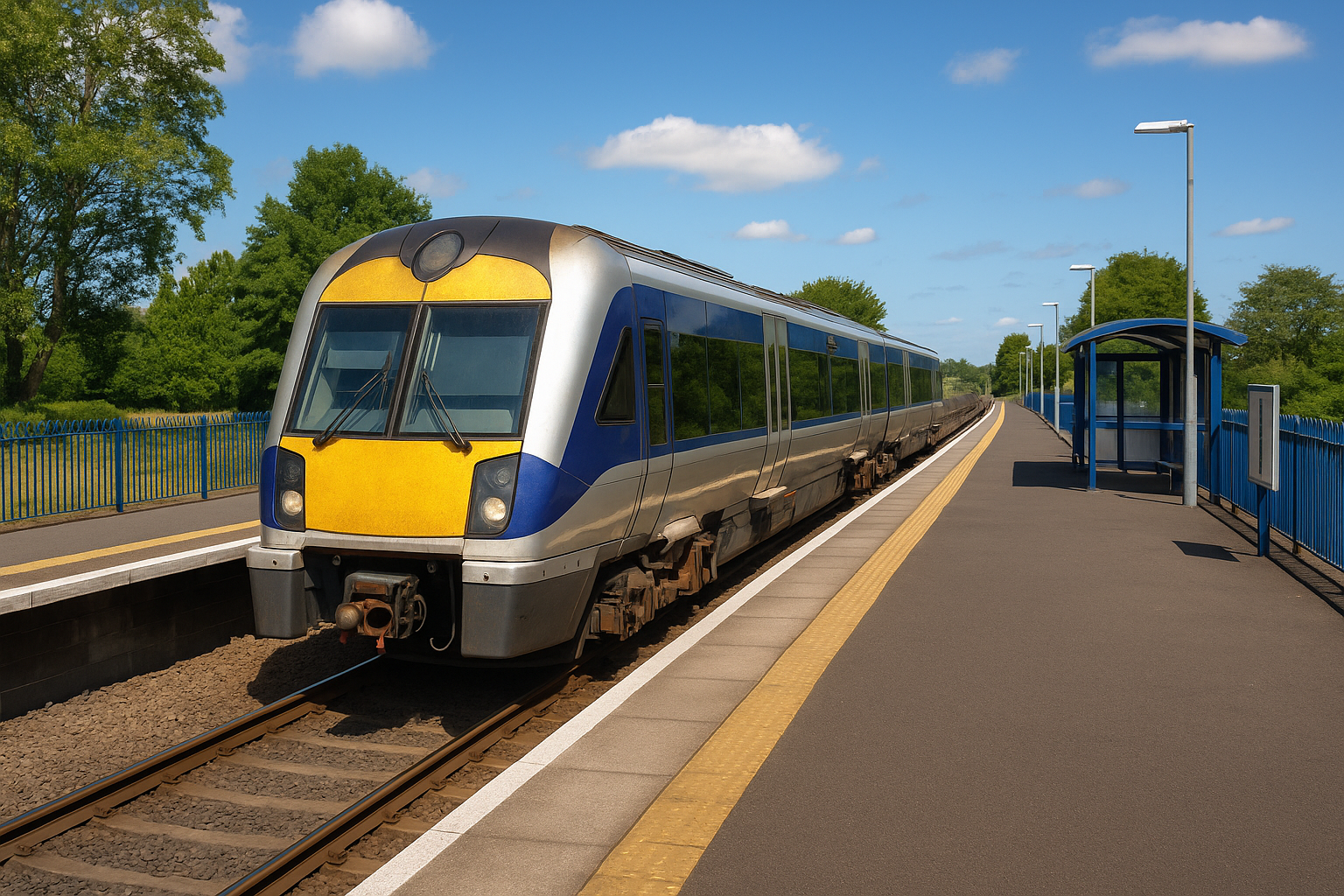Knockmore Railway Line Revival Gains Momentum: Boosting Belfast Airport Access and Northern Ireland Tourism
A significant push to reopen the Knockmore railway line linking Lisburn to Antrim via Crumlin, Glenavy, and Ballinderry is gathering momentum across Northern Ireland. With Translink currently conducting a feasibility study into reinstating the dormant line, there is renewed optimism that a modern rail connection to Belfast International Airport could soon become a reality.
A Long-Awaited Rail Revival
The Knockmore line has been out of service for passenger trains since 2003, with its closure sparking long-term concerns about transport accessibility in the area. However, increasing demand for more sustainable and efficient airport connectivity has reignited interest in the route. This includes proposals for a new station at Belfast International Airport—currently one of the few major UK airports without a dedicated rail link.
Translink, Northern Ireland’s public transport provider, is evaluating not just the cost and technical logistics of reopening the line, but also the potential for rebuilding infrastructure at Glenavy, Crumlin, and Ballinderry—towns which once benefited from rail access but have since been cut off.
According to the Department for Infrastructure (DfI), the ongoing review is part of a broader commitment to developing an integrated public transport strategy to reduce traffic congestion, carbon emissions, and dependence on private vehicles.
Overwhelming Public Support
A recent Belfast Live poll revealed overwhelming community backing for the project, with over 1,300 votes cast in favor of reviving the line and extending it directly to the airport. The proposed service is expected to benefit a wide range of users, from daily commuters to international tourists and business travelers.
Currently, the vast majority of airport users rely on personal cars, taxis, or indirect bus routes. According to a local survey, 733 travelers regularly drive to the airport, 395 are dropped off by family or friends, while only 182 use public transport. These figures point to a pressing need for more reliable and sustainable alternatives—especially in light of climate change targets.
A Catalyst for Tourism and Economic Growth
Reconnecting Belfast International Airport by rail is viewed by many as a transformative opportunity for Northern Ireland’s tourism sector. A direct train line would simplify travel between the airport and iconic destinations like the Causeway Coast, Belfast City Centre, and the Mourne Mountains, helping visitors move more efficiently and sustainably.
“Northern Ireland is poised to compete globally in tourism,” says a representative from Tourism NI, “but our success depends on infrastructure that supports accessibility. A rail link to the airport is essential.”
Additionally, business travelers attending conferences or meetings in Belfast and beyond would benefit from a smoother connection, making the region more attractive to investors and event organizers. The proposed Lisburn–Antrim–Belfast Circle Line, which would integrate this route, is also being promoted as a means of strengthening intercity mobility and economic ties.
Belfast International Airport and Stakeholder Involvement
In a joint statement, Belfast International Airport confirmed its support and ongoing collaboration with Translink regarding the study. “We are encouraged by the progress and look forward to reviewing the report’s findings,” a spokesperson said. “Our goal is to support solutions that benefit both passengers and our region’s economy.”
The feasibility study will include detailed engineering assessments, environmental impact reviews, and station integration plans. Translink has also stated it will hold stakeholder consultations once the initial report is released later this year.
Addressing Public Concerns
While enthusiasm is high, a minority of residents have voiced concerns. Some worry that rail access to the airport could cause crowding or delays during peak travel times. Others speculate that the introduction of a premium service might lead to higher travel costs or surcharges.
However, these concerns remain speculative. Officials have emphasized that fare structures and service efficiency will be designed to be equitable, accessible, and responsive to passenger demand.
Environmental advocates have highlighted the potential long-term benefits of the project. Reducing car dependency not only eases traffic but also supports the Northern Ireland Climate Action Plan, which targets a 56% reduction in transport emissions by 2030.
Next Steps Toward Reinstatement
The road to full restoration remains complex. Funding will be critical, with likely contributions from both the UK Department for Transport and regional infrastructure grants. If deemed feasible, the next phase would involve design planning, budgeting, and securing the necessary approvals before construction can begin.
Political support continues to build, with several MLAs urging the executive to prioritize the project in upcoming infrastructure plans. As Northern Ireland grapples with post-pandemic economic recovery and the climate emergency, the Knockmore line presents a compelling case for smarter, greener transport.
Conclusion: A Turning Point for Northern Ireland Transport
The Knockmore railway revival is more than just a return to past infrastructure—it represents a forward-looking vision for a better-connected, economically vibrant, and sustainable Northern Ireland. With widespread public backing, constructive stakeholder engagement, and Translink’s feasibility report on the horizon, the region may soon witness the rebirth of a rail link that delivers long-term benefits for locals and global travelers alike.
If successful, the Knockmore line will stand as a landmark in regional transport planning, linking communities, energizing the tourism sector, and solidifying Belfast International Airport’s role as a true global gateway.
For more travel news like this, keep reading Global Travel Wire



















